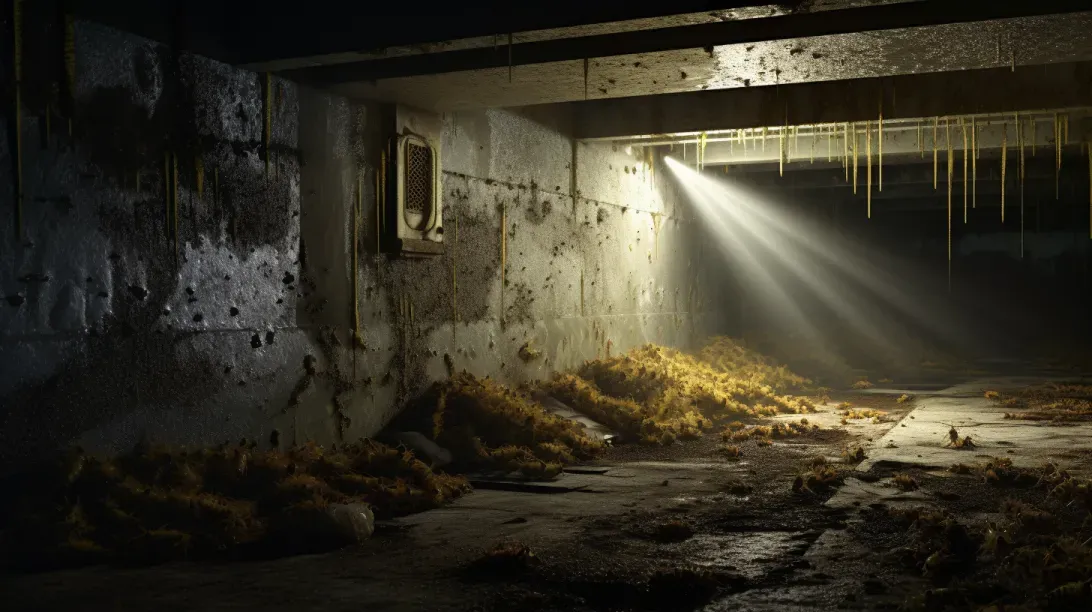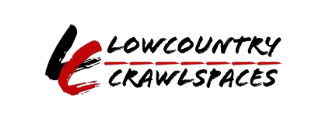Mold Health Risks for Children and Pets
Welcome to our exploration of mold, a ubiquitous environmental issue that affects homes, buildings, and outdoor spaces. While often overlooked, mold plays a significant role in our environment and can have profound effects on our health.
Mold: More Than Just an Aesthetic Concern
Mold, a type of fungus, is found virtually everywhere in our environment, both indoors and outdoors. It thrives in damp, humid conditions and can grow on a variety of materials, including wood, paper, carpet, and foods. While mold is essential for decomposing organic matter in nature, its presence in our living spaces is a cause for concern.
Understanding the Health Risks:
- Respiratory Issues: Exposure to mold spores can lead to respiratory problems, including allergies, asthma, and in severe cases, more serious lung infections.
- Allergic Reactions: Many people are sensitive to mold, experiencing symptoms such as sneezing, runny nose, red eyes, and skin rash.
- Long-Term Exposure Risks: Prolonged exposure to high levels of indoor mold can lead to more severe health issues, particularly in those with pre-existing respiratory conditions or weakened immune systems.
Why It's a Widespread Issue:
- Mold growth can be prompted by everyday activities that increase indoor humidity, such as showering, cooking, and drying clothes indoors.
- Poor ventilation, leaky pipes, and flooding are common contributors to indoor mold problems.
- Climate change and increasing global humidity levels can also exacerbate mold growth, making it a growing concern in many regions.
Join us as we delve into the world of mold, understanding its role in our environment, the conditions that foster its growth, and the health risks it poses. Our goal is to provide insights into how we can coexist with this natural element while safeguarding our health and homes.
Why Children and Pets are More Vulnerable to Mold
Understanding why children and pets are particularly susceptible to mold-related health issues is crucial for creating a safe home environment. Their unique physiological characteristics and common exposure risks in household environments warrant special attention.
Physiological Vulnerabilities of Children and Pets
Children and pets have distinct physiological traits that make them more vulnerable to the effects of mold exposure.
Children's Developing Systems:
- Children's immune and respiratory systems are still developing, making them less capable of fighting off the allergens and irritants found in mold.
- Their smaller size means they breathe in more air relative to their body weight compared to adults, increasing their exposure to airborne mold spores.
Pets' Close Proximity to Mold Sources:
- Pets often spend more time on or near the floor, where mold growth can occur, especially in carpets or lower walls.
- Grooming habits can lead to ingestion or inhalation of mold spores, as pets often lick their fur and paws.
Heightened Sensitivity:
Both children and pets may have heightened sensitivity to mold due to their less mature immune systems and smaller body sizes, leading to more severe reactions.
Common Environments and Exposure Risks
Certain areas in the home are more prone to mold growth, posing risks to children and pets who may spend time in these spaces.
Areas Prone to Mold Growth:
- Bathrooms and Kitchens: These areas often have higher humidity levels, making them common sites for mold growth.
- Basements and Crawl Spaces: These less-ventilated areas can harbor mold, affecting the air quality in the entire home.
- Carpeted Rooms: Carpets can trap moisture and become a breeding ground for mold, especially if they are not regularly cleaned or if they become wet.
Minimizing Exposure:
- Regularly inspect and clean areas where mold is likely to grow.
- Use dehumidifiers and ensure good ventilation in high-moisture areas.
- Keep pets away from known mold-infested areas and clean their paws and fur regularly to remove any mold spores.
- Educate children about the importance of avoiding damp and moldy spaces and ensure they play in well-ventilated, clean areas.
Understanding the vulnerabilities of children and pets to mold exposure and being aware of common household environments where mold can thrive are key steps in protecting their health. Proactive measures can significantly reduce their risk of mold-related health issues.
Health Risks of Mold Exposure for Children
Mold exposure poses significant health risks to children, whose bodies are still developing and are more susceptible to environmental hazards. Understanding these risks, particularly respiratory issues and potential long-term effects, is crucial for parents and caregivers.
Respiratory Issues and Allergies
Mold exposure can lead to various respiratory problems and allergic reactions in children, who are often more vulnerable than adults.
Common Respiratory and Allergic Reactions:
- Asthma: Mold spores can trigger asthma attacks in children who have asthma. Symptoms include wheezing, coughing, and shortness of breath.
- Allergic Rhinitis: Mold can cause allergic rhinitis, leading to symptoms like sneezing, runny or stuffy nose, and itchy eyes.
- Bronchitis: Prolonged exposure to mold can cause bronchitis in children, characterized by coughing and inflammation of the bronchial tubes.
Sensitivity to Mold:
Some children may be particularly sensitive to mold, showing symptoms even at lower spore concentrations. This sensitivity can result in more severe allergic reactions or respiratory issues.
Long-Term Health Effects
The long-term health implications of mold exposure in children can be significant, affecting their well-being beyond the immediate allergic and respiratory symptoms.
Potential Long-Term Effects:
- Chronic Respiratory Conditions: Repeated or prolonged exposure to mold may contribute to the development of chronic respiratory conditions in children.
- Immune System Impact: Exposure to mold during critical periods of immune system development in childhood can potentially lead to long-term immune system dysfunction.
- Neurological Symptoms: In some cases, exposure to toxic mold varieties can lead to neurological symptoms, though this is less common and requires significant exposure levels.
Preventive Measures:
- To protect children from these long-term effects, it is essential to prevent mold growth in living environments. This includes controlling humidity levels, ensuring proper ventilation, and promptly addressing any water damage or leaks.
- Regular cleaning and inspections of areas prone to mold growth, such as bathrooms, kitchens, and basements, can help mitigate these risks.
Understanding the health risks associated with mold exposure is vital for safeguarding children's health. By recognizing the signs of mold-related health issues and taking proactive steps to prevent mold growth, parents and caregivers can significantly reduce the risk of both immediate and long-term health problems in children.
Health Risks of Mold Exposure for Pets
Mold exposure can pose serious health risks to pets, just as it does to humans. Pets are often more susceptible to these risks due to their size and behaviors. Understanding how to recognize symptoms and provide proper care is essential for pet owners.
Recognizing Symptoms in Pets
Pets can exhibit various symptoms when exposed to mold. Recognizing these signs is the first step in ensuring their health and safety.
Common Symptoms of Mold Exposure in Pets:
- Respiratory Problems: Similar to humans, pets can suffer from respiratory issues due to mold exposure. Symptoms include coughing, wheezing, and in severe cases, bleeding from the nose or mouth.
- Allergic Reactions: Pets may show signs of allergies, such as scratching, licking, or biting their skin, red or itchy eyes, and ear infections.
- Digestive Issues: Ingestion of mold can lead to digestive problems like vomiting, diarrhea, and loss of appetite.
Behavioral Changes:
Pets might exhibit changes in behavior, such as lethargy or decreased interest in activities they usually enjoy, which can be a sign of discomfort or illness due to mold exposure.
Treatment and Care for Affected Pets
If you suspect your pet has been exposed to mold, immediate action and proper care are crucial.
First Steps and Veterinary Care:
- Immediate Isolation: Remove your pet from the mold-infested environment to prevent further exposure.
- Veterinary Consultation: Consult a veterinarian as soon as you notice symptoms. They can provide a proper diagnosis and treatment plan, which may include medication for allergies or respiratory issues.
- Professional Cleaning: Have your home professionally inspected and cleaned to remove mold, ensuring it's safe for your pet to return.
Long-Term Care and Prevention:
- Regular Check-ups: Even after treatment, regular veterinary check-ups are important to monitor your pet’s health and prevent long-term complications.
- Mold Prevention at Home: Take proactive steps to prevent mold growth in your home, such as controlling humidity, fixing leaks, and ensuring good ventilation.
- Pet-Safe Cleaning: Use pet-safe cleaning products when addressing mold issues, as some chemicals can be harmful to animals.
Protecting pets from mold exposure requires vigilance and an understanding of the risks involved. By recognizing the symptoms and providing timely and appropriate care, pet owners can ensure the health and well-being of their furry companions.
Preventing Mold Exposure in Homes
Mold exposure in homes can pose significant health risks, particularly to vulnerable groups like children and pets. Implementing effective prevention strategies and safe cleaning practices is essential to maintain a healthy living environment.
Mold Prevention Strategies
Preventing mold growth in areas accessed by children and pets requires a proactive approach. Here are some tips to help keep these areas mold-free:
Control Humidity and Moisture:
- Use dehumidifiers in damp areas and ensure good ventilation throughout the home, especially in kitchens, bathrooms, and laundry areas.
- Fix leaks promptly and keep the home dry. Pay special attention to areas where children and pets spend a lot of time.
Regular Cleaning and Inspection:
- Clean and vacuum regularly to remove potential mold spores. Use HEPA filters in your vacuum cleaner to effectively capture mold spores.
- Inspect areas like playrooms, pet sleeping areas, and other spaces where children and pets frequent for signs of mold.
Use Mold-Resistant Products:
- Consider using mold-resistant paint, especially in high-moisture areas.
- Choose furnishings and toys that are easy to clean and less likely to harbor mold.
Proper Storage and Maintenance:
- Store children’s and pets’ items in dry, well-ventilated areas.
- Regularly wash and dry pet bedding and children’s soft toys to prevent mold growth.
Safe Cleaning and Mold Removal Practices
When cleaning mold, it’s important to use methods that are safe for both children and pets.
Natural Cleaning Solutions:
- For small mold problems, use natural solutions like vinegar or baking soda, which are effective and safe for children and pets.
- Apply the solution to the moldy area, scrub gently, and rinse with water.
Avoid Harsh Chemicals:
- Steer clear of harsh chemicals like bleach, especially in areas frequently accessed by children and pets.
- If stronger cleaning agents are needed, ensure children and pets are not in the area during cleaning and the area is well-ventilated.
Professional Mold Removal:
- For extensive mold issues, consider hiring a professional mold removal service. They can safely and effectively remove mold without exposing your family and pets to harmful chemicals.
- Ensure that the area is properly ventilated and children and pets are kept away until the area is declared safe.
Post-Cleaning Care:
- After cleaning, thoroughly dry the area to prevent mold from returning.
- Regularly check the cleaned areas to ensure that mold has not reappeared.
By implementing these mold prevention strategies and safe cleaning practices, you can significantly reduce the risk of mold exposure in your home, creating a safer and healthier environment for your children and pets.
Professional Assessment and Remediation
While some minor mold issues can be handled independently, there are situations where professional assessment and remediation are not just recommended, but necessary. Understanding when to seek professional help and how to ensure safe remediation for your family and pets is crucial.
When to Seek Professional Help
Knowing when to call in experts for mold assessment and remediation is key to effectively handling a mold problem.
Signs You Need Professional Help:
- Extensive Mold Growth: If mold covers a large area (typically over 10 square feet), professional remediation is advised.
- HVAC System Contamination: If mold is in your heating, ventilation, and air conditioning system, professional cleaning is necessary to prevent the spread of spores throughout your home.
- Health Symptoms: If family members experience persistent health issues like allergies or respiratory problems, it’s time to consult professionals.
- Water Damage: Significant water damage, such as from flooding, often requires professional assessment to identify and remediate all mold growth.
Ensuring Safe Remediation for Families and Pets
When undergoing professional mold remediation, it’s important to ensure the safety of your family and pets.
Communicate with the Professionals:
Inform the remediation team about your concerns for family and pet safety. They can outline their safety measures and use appropriate remediation methods.
Temporary Relocation:
Consider temporarily relocating your family and pets, especially during extensive remediation work. This prevents exposure to mold and chemicals used during the process.
Use of Safe Products:
Ask the professionals to use products that are safe for children and pets. Many companies offer eco-friendly and non-toxic mold remediation options.
Post-Remediation Cleaning:
After remediation, ensure thorough cleaning of the house to remove any residual mold spores or dust. This might include air duct cleaning, vacuuming with HEPA filters, and cleaning of surfaces.
Verification of Remediation:
Once the remediation is complete, a professional should verify that the mold issue has been fully addressed. This may include post-remediation testing to ensure that mold levels are back to normal.
Professional mold assessment and remediation, when done correctly and safely, can effectively resolve mold issues while protecting the health and safety of your family and pets.
FAQs
Contact Lowcountry Crawlspaces Today!
Lowcountry Crawlspaces will do everything we can to ensure your experience with us is excellent.
Request A FREE Estimate
CHECKOUT RECENT POST
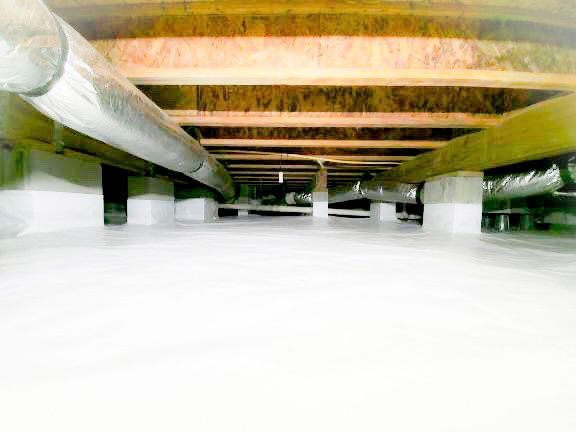
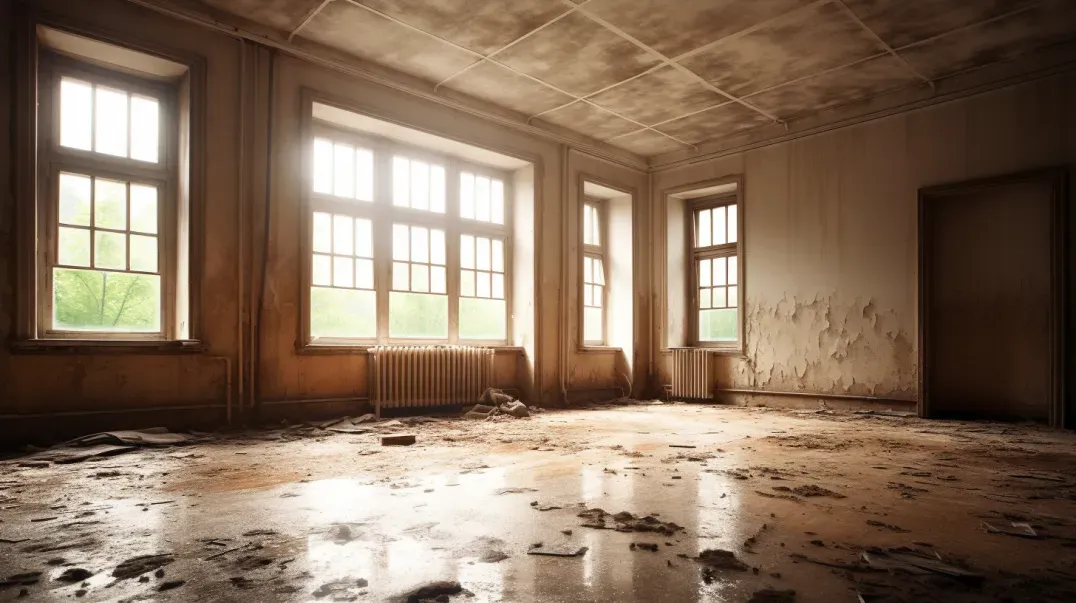
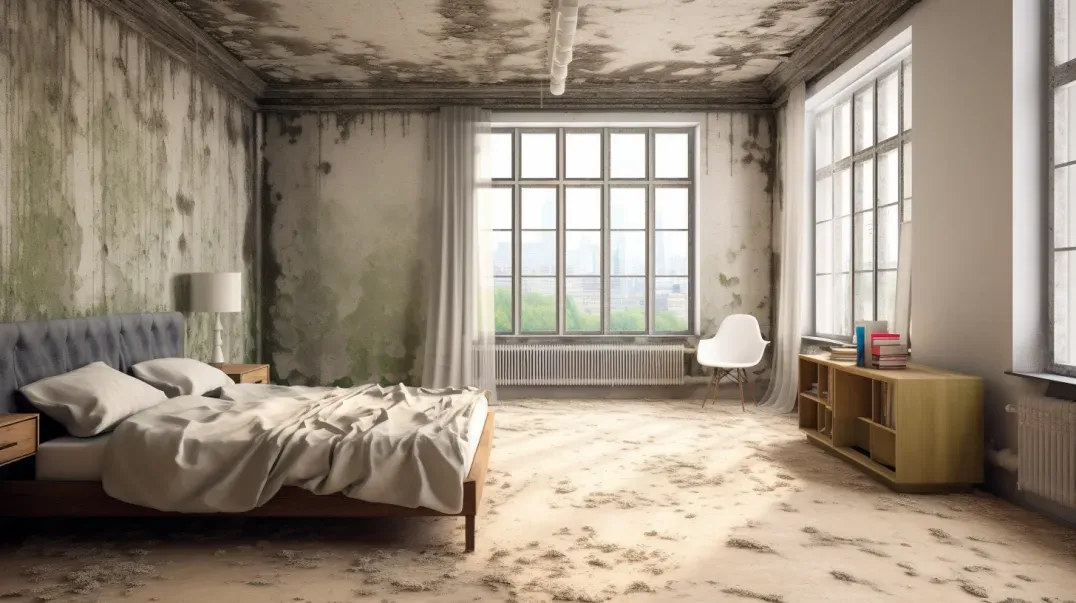
Schedule Your FREE Crawl Space Evaluation Today
There Is No Crawl Space Job We Can’t Fix!



